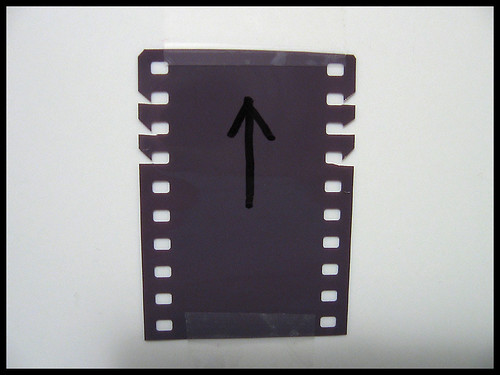Flickr member Luke H tested Kodak Tri-X 400 film (400TX) in Diafine developer at high speed. He shot the frames above at ISOs 2000, 2500, 3200, 4000, 5000, and 6400 with a yellow filter.
Check it out in Luke’s photostream at Flickr
If you’re not familiar with Diafine developer, it’s got several magical properties: it’s a split-bath compensating developer, so it’s difficult to get blocked shadows or blown highlights, one batch can last for well over a year, its temperature range is wide enough (21–30°C / 70–85°F) that you don’t need a thermometer, they recommend you not use a chemical stop bath (just water), film needs to spend at least 3 minutes in each bath (but can spend more), and since the development time is the same for every film, you can develop different emulsions in the same batch at one time. If you’re gentle with the agitation, it’s quite fine-grained. In short: AWESOME.
For more info, see the Diafine group on Flickr, Grant Heffernan, or Sherman Dunnam Photography.
You can buy it from Calumet Photographic, B&H, and Amazon.com in the US, among other places. For the UK, hit Retro Photographic.

